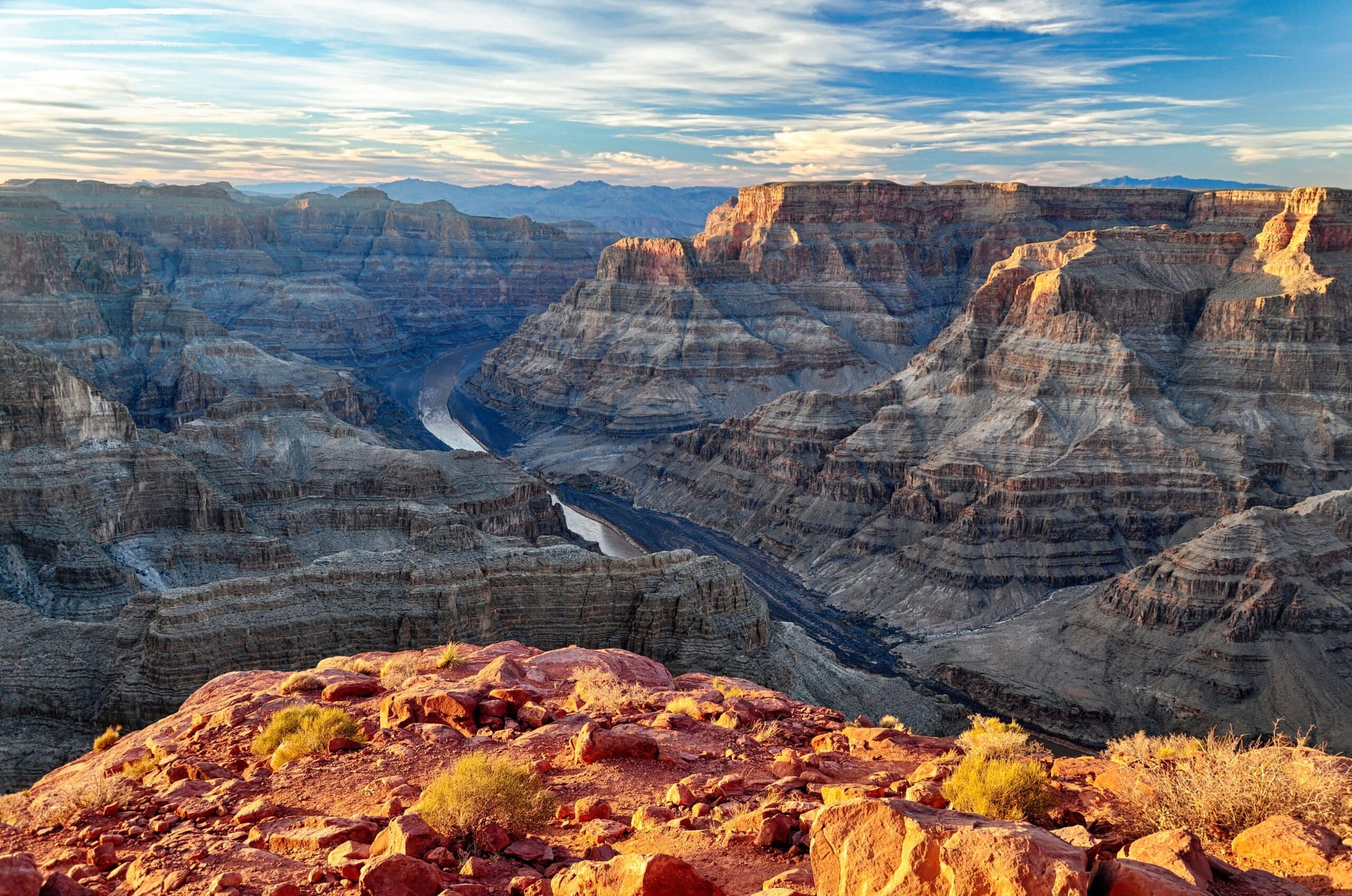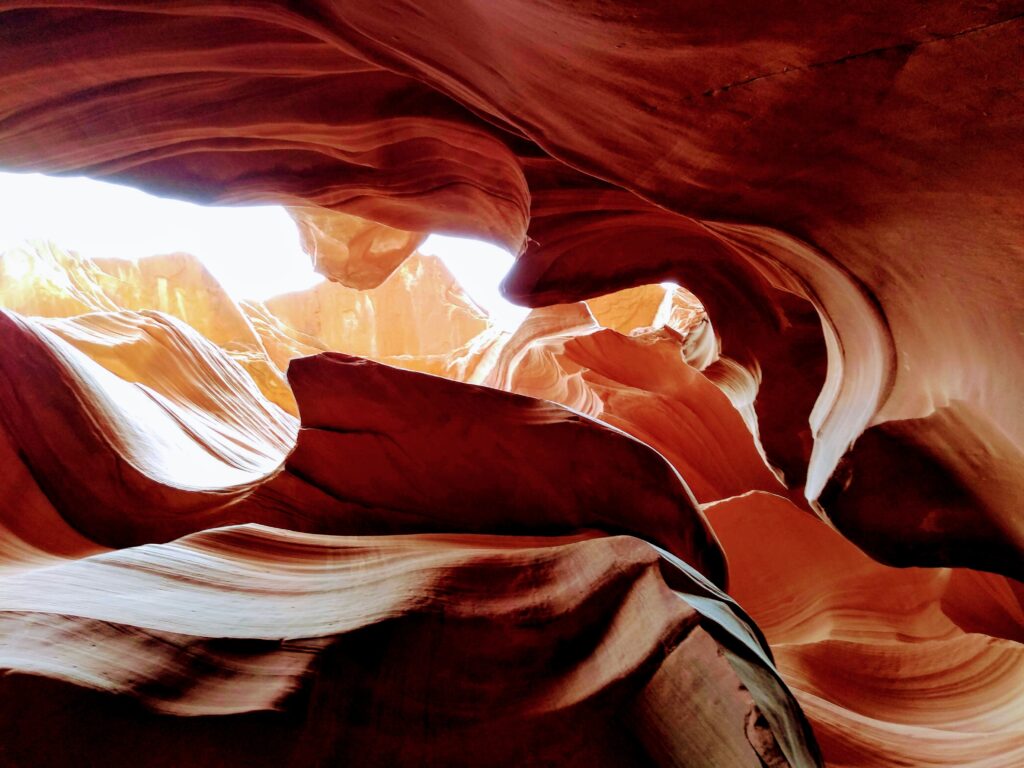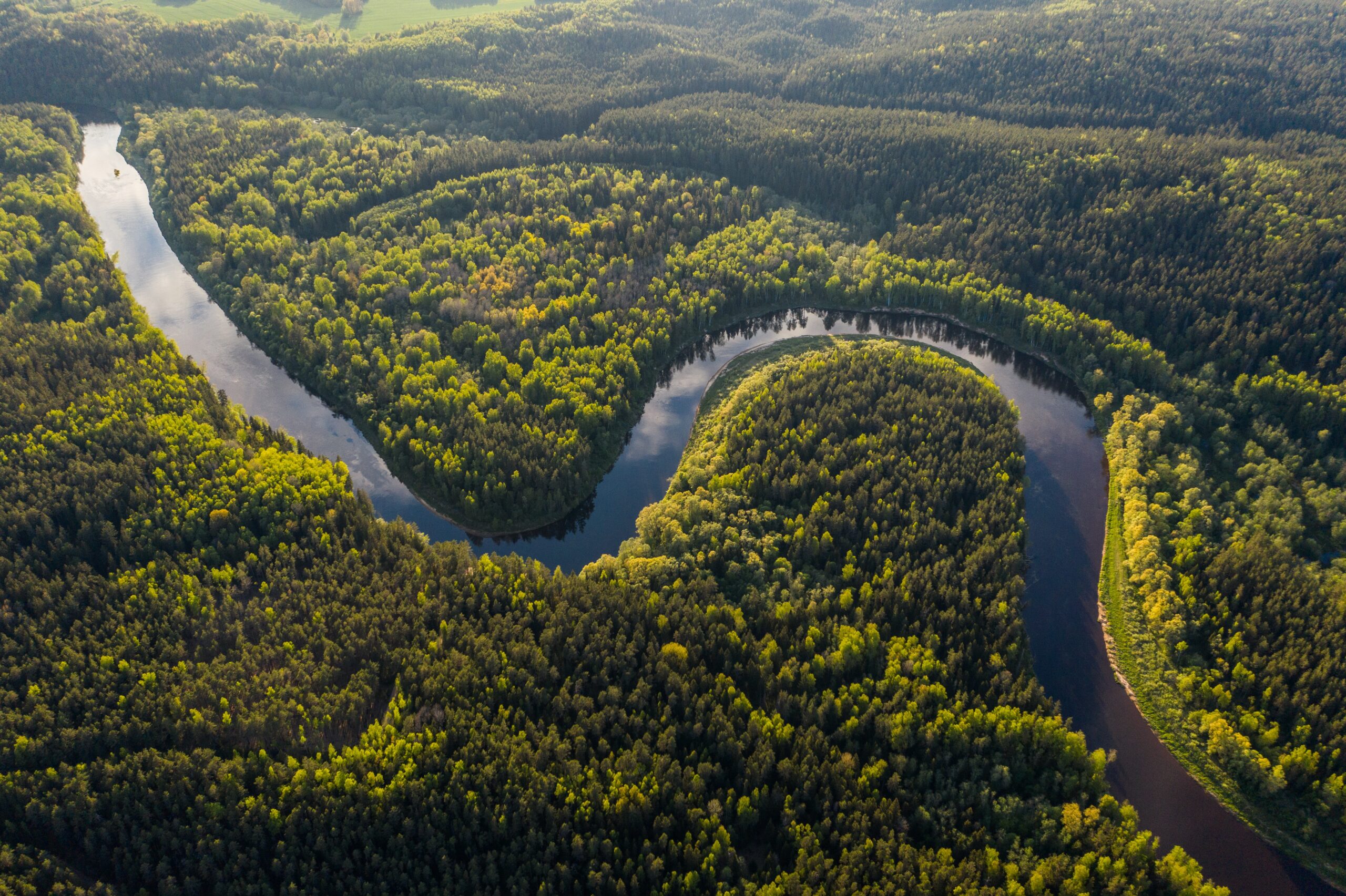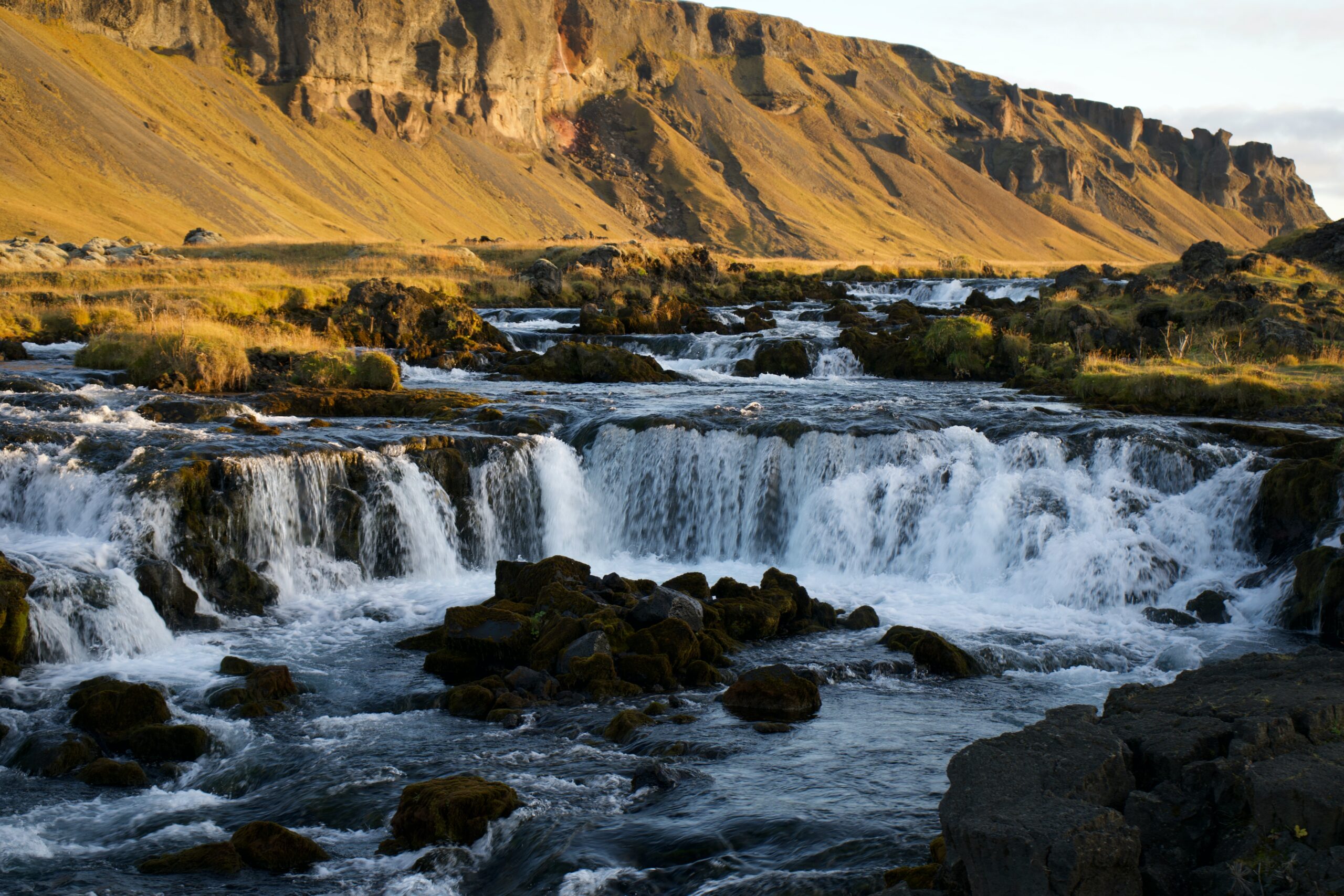How Long Is the Grand Canyon? Explore Its Vast Dimensions!

According to measurements, the Grand Canyon spans a length of 277 miles (446 km), starting at Lees Ferry (mile 0) and concluding at the Grand Wash Cliffs (mile 277 / km 446). In comparison, the Colorado River, which originates in the Rocky Mountains of Colorado and flows to the Gulf of California in Mexico, surpasses the Grand Canyon in length, stretching a total of 1450 miles (2333 km).
- How Long Is the Grand Canyon? Explore Its Vast Dimensions!
- How Many Miles Long is the Grand Canyon?
- How wide is the Grand Canyon?
- How deep is the Grand Canyon?
- How many states does the Grand Canyon go through?
- How many miles is it to walk down the Grand Canyon?
- Is Zion park part of Grand Canyon?
- Can you stay overnight at the bottom of the Grand Canyon?
How Many Miles Long is the Grand Canyon?
Arizona’s Grand Canyon stands as one of the Natural Seven Wonders of the World, and it truly lives up to the adage that its immense scale can only be fully appreciated in person. Carved by the Colorado River millions of years ago, the canyon continues to undergo transformation as the river gradually erodes the rocks, widening the basin incrementally each year. Spanning an expansive 1,904 square miles, Grand Canyon National Park envelops the canyon, showcasing layered red rock formations, caves, scrublands, and the meandering Colorado River.
The questions about the Grand Canyon’s dimensions naturally arise. How wide is it? Can one traverse it on foot? How deep does it go, and what is its overall length? Let’s delve into the details to unveil the fascinating characteristics of this natural marvel.
How wide is the Grand Canyon?
The Grand Canyon boasts an average width of 10 miles, with a 10-mile distance separating the South Rim from the North Rim. Remarkably, there are specific locations along the Canyon that span an impressive 18 miles in width!
The broadest expanse of the Grand Canyon stretches 18 miles (29 kilometers), providing a perspective that can be compared by envisioning a city approximately 18 miles away from your location using a map app. While various spots along the canyon measure 18 miles across from rim to rim, Lipan Point stands out for offering one of the most expansive views. Positioned just 20 miles east of the Grand Canyon Village, Lipan Point allows visitors to drive to the location, providing an opportunity to witness not only the vastness of the canyon but also the majestic Colorado River flowing at the bottom.
How deep is the Grand Canyon?
The Grand Canyon plunges to a depth of over one mile at its deepest points, reaching an astonishing maximum depth of just over 6,000 feet. To put this into perspective, if you stand at the top of the Willis Tower in Chicago—one of the tallest buildings in the United States—and look down, your view encompasses 1,450 feet. In comparison, the Grand Canyon is more than four times as deep!
At the base of the Grand Canyon, a vibrant ecosystem thrives, home to the Havasupai people and a diverse array of wildlife, including mammals, reptiles, birds, insects, and amphibians. Some of the animals you might encounter at the bottom of the canyon include desert bighorn sheep, mule deer, mountain lions, coyotes, gray foxes, snakes, scorpions, bald eagles, black bears, beavers, squirrels, falcons, owls, hawks, lizards, bats, and mice.
Despite being situated in a semi-arid desert, the Grand Canyon encompasses five distinct ecosystems if one were to traverse the entire area. Above the canyon rim lies the boreal forest, inhabited by mountain lions, mule deer, and long-tail voles. The next ecosystem, from the top of the canyon to around 6,500 feet, features the Ponderosa pine and is home to mountain lions, deer, and Kaibab squirrels.
Descending to the range of 4,200 to 2,000 feet, the desert scrub ecosystem unfolds, hosting spotted skunks, chipmunks, and jackrabbits. At the canyon’s base, a desert environment surrounded by riparian vegetation is inhabited by animals such as canyon tree frogs and red-spotted toads.
While deer are among the most commonly sighted animals in the park, visitors should be aware that encounters with more formidable creatures are also possible during their exploration.
How many states does the Grand Canyon go through?
The Grand Canyon spans across four states: Arizona, Nevada, Utah, and Colorado. Among these, Arizona (South Rim) and Nevada (West Rim) stand out as the most accessible and popular states for experiencing the majestic beauty of the Grand Canyon.
How many miles is it to walk down the Grand Canyon?
As mentioned earlier, the descent to the base of the Grand Canyon covers a distance of 10 miles, presenting a significant elevation change. Opting for the Bright Angel Trail offers a precisely 9.9-mile journey to the floor of the Grand Canyon, where the Bright Angel Campground is situated. Alternatively, the South Kaibab Trail provides a shorter route, approximately 7.1 miles in length. However, this trail entails a more substantial elevation change, reaching around 4,300 feet, making it a more challenging option.
Observing the bottom of the Grand Canyon National Park is a thrilling experience, and embarking on a hike down to reach it is undeniably a formidable challenge. Whether you choose the Bright Angel Trail or the South Kaibab Trail, thorough preparations are necessary, and the entire journey may take up to five hours before arriving at the destination at the canyon’s bottom.
It is not advisable to attempt hiking back on the same day. Instead, considering an overnight stay at either the Bright Angel Campground or South Kaibab is a prudent choice. Returning will demand an additional 10 hours to reach the canyon’s rim, making accommodations within the Grand Canyon a wise decision.
Is Zion park part of Grand Canyon?
Located 245 miles northwest of the Grand Canyon’s South Rim, Utah’s Zion National Park beckons as a captivating side trip that promises to be well worth the journey. As Utah’s inaugural national park, Zion unfolds as a breathtaking and distinctive marvel, a fact that comes as no surprise given its intrinsic beauty.
Within the boundaries of this national park, colossal canyon walls soar majestically towards the heavens. Navigating through Zion National Park, the sheer size and upright orientation of the canyon walls envelop visitors, evoking a sense of awe and humility. The scale of the surroundings easily renders one feeling diminutive in comparison. The breathtaking views that Zion presents have the power to leave visitors both overwhelmed and rendered speechless.
For those inclined towards hiking adventures, the rewards are even more profound. While some of the most awe-inspiring vistas necessitate ascending steep trails, the sights that await hikers are unparalleled and utterly awe-inspiring. Angel’s Landing and Observation Point are recommended for intrepid hikers in excellent physical condition, offering particularly spectacular views. Meanwhile, those seeking simpler trails may find Lower Emerald Pools and Hidden Canyon to be among their favorites.
From April to November, visitors have the opportunity to explore Zion through free shuttle buses. This is not only recommended to avoid congested parking lots but also to enhance the experience of soaking in the sights when someone else is handling the driving.
To reach Zion National Park from the Grand Canyon National Park’s South Rim, follow Highway 64 for 53 miles to Highway 89. Proceed north on 89 for 168 miles, passing through Kanab, UT, and then cover an additional 40 miles to reach Springdale, UT, the south entrance of Zion National Park.

Can you stay overnight at the bottom of the Grand Canyon?
Nestled at the base of the Grand Canyon, Phantom Ranch stands as a sought-after destination for both hikers and mule riders, offering a unique and immersive experience. Accommodations in the form of overnight hiker dormitories and cabins are available and can be reserved, while delicious meals are also offered for purchase.
To secure a spot at Phantom Ranch, advance reservations for both lodging and meals are essential. The reservation process is facilitated through Xanterra via an online lottery system, allowing individuals to plan their stay up to 15 months in advance. It’s important to note that the Backcountry Information Center of the park does not handle reservations for Phantom Ranch lodging or meals. Guests with advance reservations for overnight stays at Phantom Ranch are exempt from the need to obtain backcountry camping permits.
Making reservations for meals and lodging is a requisite step in ensuring a memorable experience at Phantom Ranch. Online reservations can be made up to 15 months in advance through the official website at http://www.grandcanyonlodges.com/lodging/phantom-ranch/. It’s worth mentioning that an NPS backcountry permit is not obligatory for those opting for overnight stays at the dormitories or cabins at Phantom Ranch.




